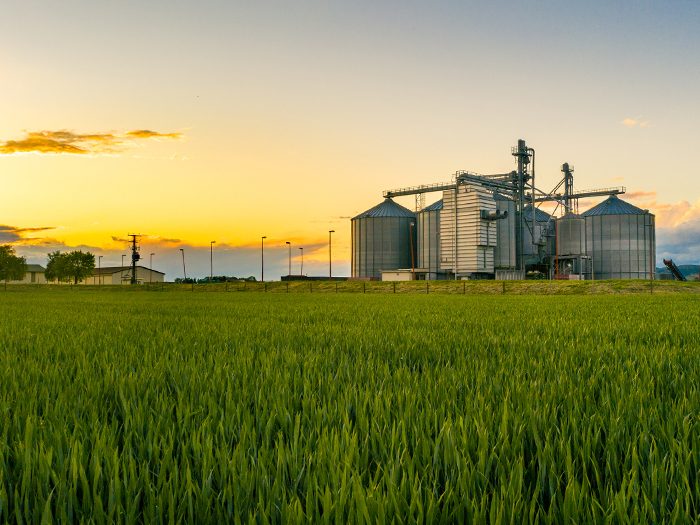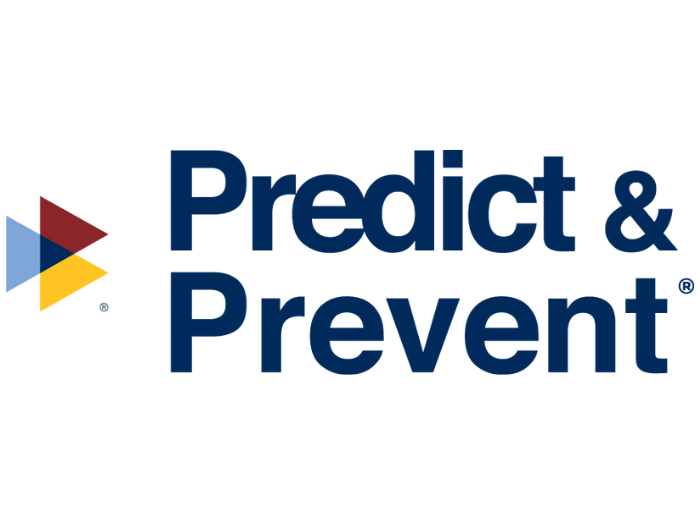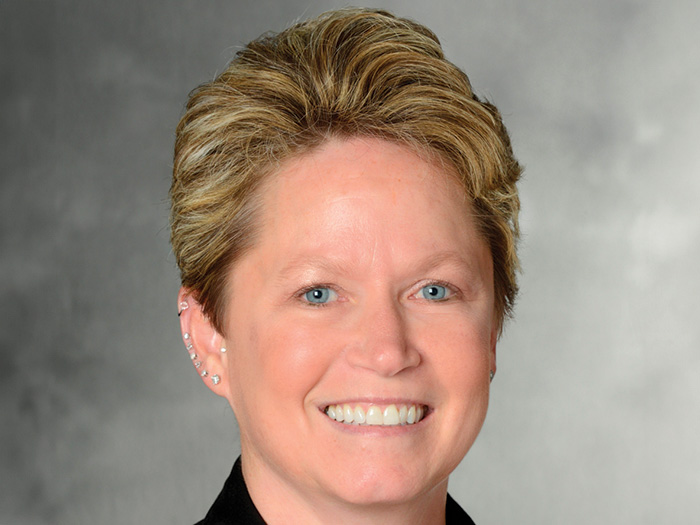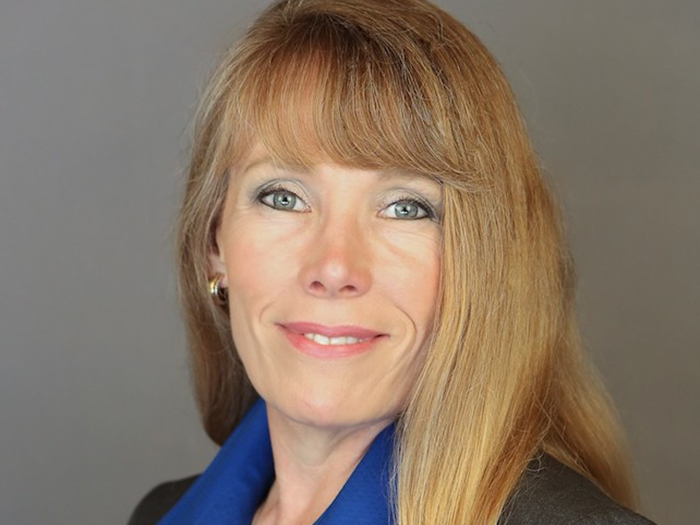Philadelphia Insurance’s Nathan Bleich on the Risks Facing the Commercial Agricultural Sector

Risk & Insurance recently caught up with Nathan Bleich, vice president of agribusiness at Philadelphia Insurance Companies. In their discussion, Bleich sheds light on the current risks in the commercial agribusiness sector, the impact of climate change, and the role of technology in managing these risks.
What follows is a transcript of that conversation, edited for length and clarity.
Risk & Insurance: What are the key risks facing agribusiness sector currently?
Nathan Bleich: The commercial agribusiness sector faces a mix of risks, including wind, hail, and severe convective storms, which are currently impacting much of the country. These events can cause significant damage to agricultural operations. When claims occurs, it is important that the business has the proper insurance coverage to bring them back to whole as quickly as possible.
In addition to these risks, winter freeze events have been occurring in areas that typically don’t experience them, such as southern states like Texas. These regions may not have the necessary insulation or infrastructure to cope with such events, leading to further challenges for agribusinesses.
Wildfires and hurricanes also pose significant risks to the sector. While hurricanes are typically a fall event affecting Texas and the East Coast, wildfires can occur year-round in various regions, including California, the northwestern states, and Colorado. As these areas get more moisture, increasing the growth of trees, brush and other vegetation and they subsequently dry out, it can lead to more severe wildfire events.
R&I: How is the changing climate affecting losses to crops or agricultural infrastructure supporting agribusiness?
NB: The changing climate is definitely impacting agricultural infrastructure. When considering wind and hail events, particularly in the Midwest, our coverage at Philadelphia Insurance’s farm and ranch product is designed to protect harvested and stored crops in grain bins, silos or other buildings. These structures can be significantly damaged by severe wind events, tornadic activity, and large derechos that sweep through the region.
Empty grain bins are especially susceptible to wind damage. In worst-case scenarios involving tornadoes, the level of grain storage doesn’t make a significant difference in terms of damage. Our affiliate, ProAg, provides crop insurance that addresses the growing crop aspect, which can also be directly affected by climate-related events.
R&I: How does the fullness of a grain elevator affect its safety during heavy winds?
NB: The safety of a grain elevator during heavy winds depends on various factors, including how the grain is extracted. If the grain is pulled from the center of the cylindrical structure, it tends to descend evenly, maintaining a balanced distribution.
However, if the grain is extracted from the side, it can cause an uneven weight distribution, tilting the grain to one side of the bin. In such cases, if strong winds blow, it can more easily topple the entire grain bin.

Nathan Bleich, Vice President of Agribusiness, Philadelphia Insurance Companies
R&I: What changes or innovations are being discussed in the grain storage industry to better withstand the increasing frequency and severity of wind events?
NB: While I haven’t extensively studied the differences in grain storage capacity, I know that metal grain bins are becoming the predominant type of storage facility. Many of these structures can include thicker metal or reinforcement with metal stiffeners, especially on the larger bins. Some large grain cooperatives have big concrete elevators, which might be more able to withstand wind events, but we don’t typically insure those very large ones.
In cases where grain storage capacity runs out, temporary solutions like grain bags may be used. However, many farmers and ranchers now have storage capacities rivaling those of smaller cooperatives in the past. High-end bins can now hold up to several hundred thousand bushels per bin and in more rare cases up to a million or more bushels, whereas in the past, a capacity of a couple hundred thousand bushels was considered large.
Overall, grain storage capacity has increased significantly, especially in the Midwest.
R&I: How is coverage evolving to address the increasing frequency of winter freeze events in places like Texas where they were previously less common?
NB: PHLY offers a risk management solution called PHLYSENSE, a property monitoring device with water and temperature sensing capabilities. While it’s more commonly used in other products, there are applications for it in agriculture as well.
The device is connected to a phone app that can detect heat or cold situations and alert the user. For example, in the case of a pipe burst in a secondary dwelling that the owner can’t immediately access, the app will notify them of the water leak so they can address it promptly.
Similarly, in a freeze scenario, the app will alert the user of a water leak, allowing them to remotely coordinate shutting off the water supply. This quick response can significantly mitigate damage by minimizing water exposure.
R&I: What can you tell us about telematics and how it benefits your customers?
NB: PHLYTRAC is a GPS plug-in device for vehicles that helps our insureds manage their fleet drivers, whether they have a small or large fleet. This tool is applicable to both farm owners and commercial agriculture businesses.
The device offers speed sensing and hard braking detection capabilities. While insureds have the option to upgrade the service at an additional cost, we cover the expenses for the plug-in device and the base service.
We have observed improved results since implementing this tool. Auto coverage is a line that consistently requires rate increases for most companies. By utilizing PHLYTRAC, our insureds can better manage their fleets and drivers, leading to better outcomes.
We strongly believe in the value of this app-driven device, which is why PHLY covers the cost of the device and our insureds pay nothing extra.
R&I: What trends have you observed in the agricultural sector regarding commercial auto and trucking incidents? Are they similar to the challenges faced by the broader commercial auto insurance market?
NB: In the agricultural sector, we deal with a blend of personal and commercial auto exposures. Family farmers often have personal vehicles in addition to commercial trucks, tractors, and trailers.
The trends we observe in the agricultural sector mirror those seen in the broader commercial auto and private passenger auto markets. However, the agricultural sector faces an additional challenge — vehicle theft.
Farm vehicles are often located in remote areas, making them attractive targets for thieves. The ability to track these vehicles using technologies like PHLYTRAC can be incredibly helpful in recovering stolen property.
While larger agricultural equipment like tractors and combines are harder to steal quickly due to their size and speed limitations, thefts do occur, albeit infrequently. Currently, we don’t have a plug-in device solution specifically for these larger vehicles.
Overall, the auto side of our business can greatly benefit from the tracking capabilities offered by technologies like PHLYTRAC, helping to mitigate both safety and theft risks.
R&I: Does cyber insurance play a role in the commercial agribusiness sector? Are there instances of cyber intrusions affecting these businesses?
NB: Cyber risks can definitely impact the commercial agribusiness sector. While our specific product offerings for cyber insurance are somewhat limited, Philadelphia Insurance Companies as a whole does provide cyber coverage that may be available to these businesses.
Despite being agriculture-related, these companies are still commercial enterprises. As such, they are certainly susceptible to the same types of cyber issues faced by businesses in other industries.
R&I: What commercial agribusiness lines are currently the most difficult to place in the insurance market, regardless of Philadelphia Insurance Companies’ specific appetite?
NB: Property is one of the most challenging lines to place in commercial agribusiness. Insurers often consider the total value at risk at a single location, which we refer to as the “amount subject.” This includes the value of buildings, equipment, vehicles, and everything else exposed to a potential loss at one site.
Due to these value considerations, our company tends to focus on writing smaller to medium-sized accounts. We may also consider larger accounts if their risk is spread out across multiple locations. However, the concentration of values at a single location can be a limiting factor for some insurers.
Another challenge arises from fluctuations in the value of agricultural stock, such as various types of commodities. During peak periods, the value of stock can significantly increase, potentially exceeding an insurer’s comfort level. For example, a location might have $10-15 million in equipment and buildings, with an additional $6-8 million in stock, depending on the commodity and market prices.
In such cases, agribusinesses might need to obtain separate stock throughout policies to cover the value of their commodities adequately. These policies can provide more comprehensive coverage than the basic or direct perils typically offered in standard insurance policies.
Ultimately, securing insurance can be challenging for agribusinesses with substantial values concentrated at a single location, particularly in areas prone to severe convective storms. Insurers may have limits on the total value they are willing to cover at one site, making it difficult for larger agribusinesses to obtain sufficient coverage.
R&I: What are your thoughts on the importance of insureds being their own best advocates when interacting with distribution or underwriters?
NB: It’s always beneficial for insureds to thoroughly understand their coverages. While it may not be the most exciting task, reading through the insurance contract is crucial. Insureds need to be aware of the specific endorsements and features included in their policy, beyond just the price.
Seeking the cheapest price may result in insufficient coverage when a claim arises. Engaging in discussions with brokers is essential to ensure the right policy is in place and that the insurer is financially stable and reliable. For example, Philadelphia Insurance Companies boasts one of the strongest financial stability ratings in the industry.
Furthermore, insureds should inquire about available risk management capabilities, such as tools like PHLYTRAC or PHLYSENSE, or general risk management services. For high-value homes exceeding $1 million, we offer castle inspections. Ultimately, while reading policy language and forms may not be the most enjoyable activity, it is a critical element in making informed decisions beyond just the price point.
R&I: How would you qualify the agriculture sector in terms of its education level around insurance compared to other sectors?
NB: From a broker perspective, the Agribusiness and Farm Insurance Specialist (AFIS) designation, offered by IRMI, is a good representation of the education level in the agriculture insurance space. Those who focus on commercial agriculture or farm and ranch insurance, typically located in more rural areas, tend to have a strong presence in the AFIS designation program, either having attained the designation or actively working towards it.
The AFIS designation is specific to the agriculture space, similar to how the CPCU designation is to commercial insurance. The niche nature of the farm insurance area contributes to the higher level of specialization and education among brokers.
From an insured standpoint, farmers are increasingly adopting technology, particularly among younger generations. They utilize GPS systems and other technologies to optimize planting, fertilization, and equipment usage based on data-driven insights. This demonstrates their ability to continuously learn and adapt, much like other commercial businesses, in order to stay competitive and efficient in their operations.
R&I: What are some of the key ways drones are being utilized in the agricultural space to assess and manage crops?
NB: Drones have proven to be incredibly valuable tools in agriculture. They can be used to survey fields, identifying areas that may require additional attention, such as increased spraying for weeds. This targeted approach is not only more efficient but also prevents potential crop damage that could occur from physically driving through the fields.
The capabilities of drones have expanded, with larger models now able to perform spot applications of chemicals and other treatments. However, it’s crucial for farmers to understand their insurance coverage when it comes to drones.
Our policy, in particular, includes an endorsement that provides coverage for drones as long as they are used for precision agricultural purposes. It’s important to note that this coverage is specifically intended for agricultural use and does not extend to other applications of drones outside of farming.
Farmers need to be aware of their coverage details, as using drones incorrectly or for purposes beyond agriculture can lead to consequences that may not be covered by their insurance policy. Understanding the scope of their coverage is essential to ensure they are protected while leveraging this valuable technology in their farming operations.
R&I: What other important aspects of this topic should readers be aware of that we haven’t covered yet?
NB: Being part of Tokio Marine opens up additional avenues for our brokers. For instance, our sister company ProAg writes over half a billion dollars in crop insurance. It’s important for our agencies and brokers to be aware of these offerings.
Another common question I receive relates to coverage limitations. For homes over $2 million in coverage, they are no longer eligible for our dwelling coverage. However, our sister company PURE Insurance may be able to step in and provide coverage for those high-value homes. We might insure the farm and ranch, while PURE handles the home over $2 million, though this does require a separate contract with Pure.
Additionally, Tokio Marine has the potential for stock throughput in some areas. If there are pieces we can’t do, there’s a decent chance other parts of our organization can.
Not every company has these capabilities, such as a large crop insurance division or a contract with a company like PURE. These are unique aspects that PHLY and our Tokio Marine companies can offer to help insureds and agents. &










